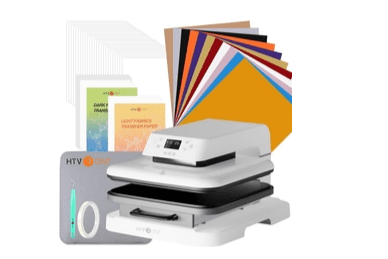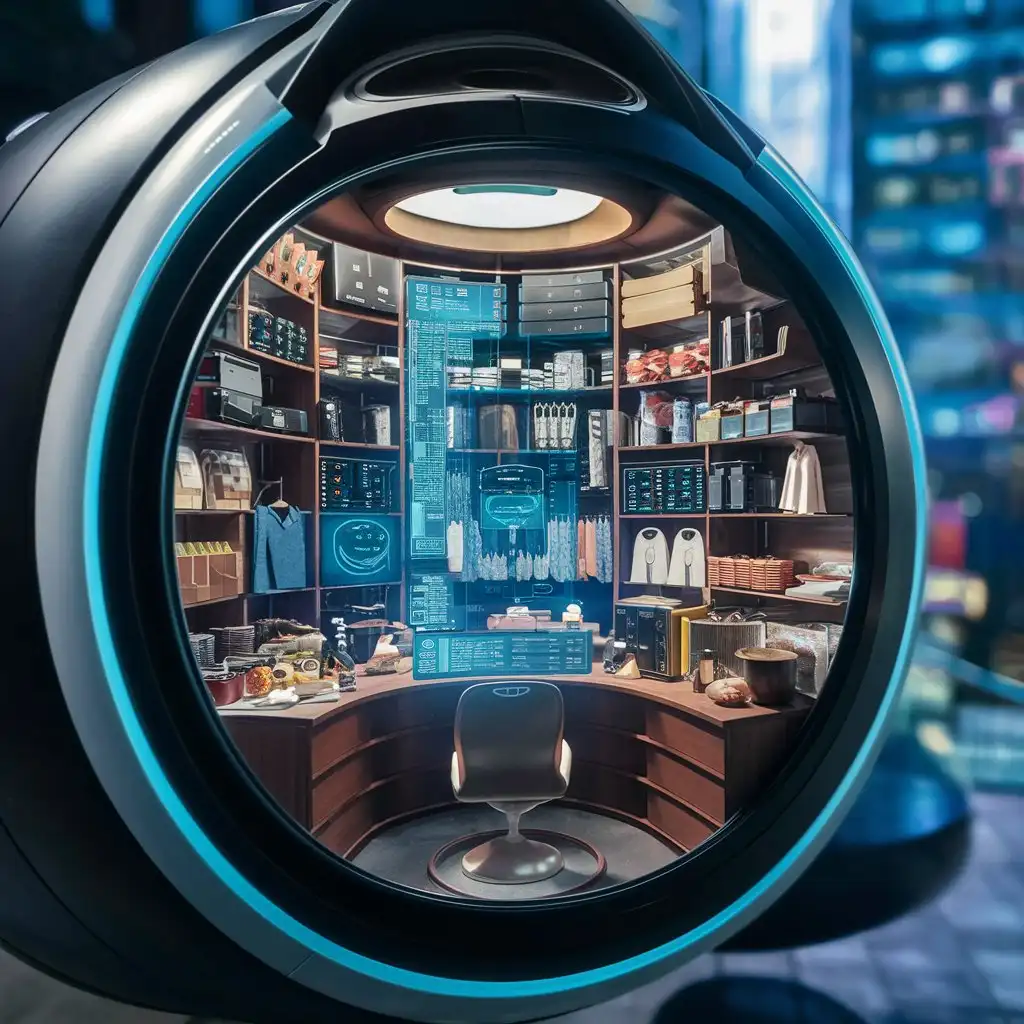Nowadays, we’re all looking for smart, durable, and low-maintenance storage solutions, especially in schools, aquatic centres, gyms, and outdoor facilities.
One of the most common questions that pops up when choosing locker systems is: “Are plastic lockers actually secure?”
It’s a fair concern. The word plastic might make you think of cheap, flimsy storage tubs. But modern plastic lockers are a far cry from that image. Built tough, designed smart, and packed with safety features, these units are giving traditional metal lockers a serious run for their money.
Let’s take a look at how secure plastic lockers really are and what you should keep in mind when shopping for them in Australia.
Why Choose Plastic Lockers in the First Place?
Before diving into the security side of things, it’s worth understanding why plastic lockers are becoming increasingly popular across Aussie facilities.
They’re:
- Rust-proof: Ideal for humid and coastal environments;
- Easy to clean: A quick wipe-down is all it takes;
- UV-stabilised: No fading under our harsh sun;
- Resilient: Dent- and scratch-resistant, even with daily use.
From Bondi Beach change rooms to Darwin school corridors, plastic lockers have earned their stripes as a reliable, long-term option. But let’s talk about what really matters—keeping your gear safe.
Built for Safety: How Secure Are Plastic Lockers?
Modern plastic lockers are made using high-density polyethylene (HDPE) or similar engineered polymers. These are tough as nails, resistant to impact, and can handle years of rough-and-tumble.
Here’s how they keep your valuables secure:
- Heavy-duty hinges: Unlike cheaper models, quality plastic lockers are fitted with full-length, tamper-resistant hinges;
- Reinforced doors: Many models include double-skin or ribbed doors to prevent forced entry;
- Integrated lock plates: These support various locking mechanisms, from key locks to padlocks and digital keypads;
- Door stiffeners: Internal bracing that stops the door from flexing or bending.
In short, plastic lockers today are anything but weak. When you choose the right model, you’re getting a locker that stands up to impact and misuse just as well as a steel one.
Types of Locks for Plastic Lockers
The lock is the real frontline of any locker security system. Most plastic locker units are compatible with a range of locking options to suit different user needs and budgets:
Key Locks
Simple and effective. Perfect for schools, offices, or anywhere with assigned users.
Padlocks
Great for shared environments, such as gyms or pool centres. Users can bring their own padlocks or be issued one.
Digital Locks
No keys, no fuss. PIN access locks or RFID systems are popular in modern workplaces and high-traffic areas.
Coin Return or Coin Retain Locks
A staple in public change rooms and aquatic centres. Users pop in a coin to lock and retrieve it once unlocked.
When buying plastic lockers, always check if the locking system is customisable. Some units are pre-fitted, while others give you the flexibility to install your preferred lock type later on.
Where Security Matters Most: Use Cases
While plastic lockers are versatile, there are specific spaces where security is absolutely critical, and that’s where the right build and locking features really shine.
Schools and Universities
Students need secure storage for their laptops, textbooks, and personal gear. Plastic lockers are a great match, especially in outdoor corridors or damp areas.
Gyms and Pools
Humidity and constant use can quickly wear out traditional lockers. Plastic lockers with waterproof seals and robust locks hold up better, making them ideal for high-traffic change rooms.
Workplaces and Staff Rooms
Secure lockers give staff peace of mind when stashing personal items. Plastic options are low-maintenance, hygienic, and easy to clean between shifts.
Mining, Construction, and Outdoor Sites
Tough jobs need tough storage. Lockers that resist dirt, dust, and UV exposure are non-negotiable. Here, heavy-duty plastic lockers shine.
What to Look for When Buying Plastic Lockers
Not all plastic lockers are created equal. When shopping around, keep these factors in mind:
1. Material Quality
Look for UV-stabilised, food-grade HDPE. It’s safe, easy to clean, and extremely durable, even under the Aussie sun.
2. Assembly Style
Some lockers come flat-packed (great for freight costs), others arrive pre-assembled and ready to go. Choose what suits your logistics best.
3. Ventilation Options
Built-in vents help with airflow, especially handy in wet areas like surf clubs or poolside change rooms.
4. Modular Configurations
Make sure the lockers can be stacked or customised. Need a 3-tier system for staff? Or full-height lockers for uniforms? Flexibility is key.
5. Sloping Tops and Number Plates
For hygiene and maintenance, features like sloping tops (to prevent dust and clutter build-up) and clearly labelled doors can be super useful.
6. Warranty and Compliance
Check if the lockers meet Australian safety standards and come with a reasonable warranty, especially if they’ll be in a high-use space.
Final Thoughts
If you’re still picturing plastic lockers as weak or “less secure,” it’s time to update that image.
Today’s units are tough, smartly designed, and fully equipped to protect what matters, whether that’s schoolbooks, surf gear, or employee valuables.
By choosing lockers made with strong materials, reliable locking systems, and thoughtful design features, you’ll get a solution that not only looks good but also works hard in the long run.
So go on, ditch the rust, dodge the dents, and pick a locker system that can take on Australia’s heat, humidity, and heavy use without breaking a sweat.
Plastic lockers are more secure than ever—and they’re ready to prove it.







